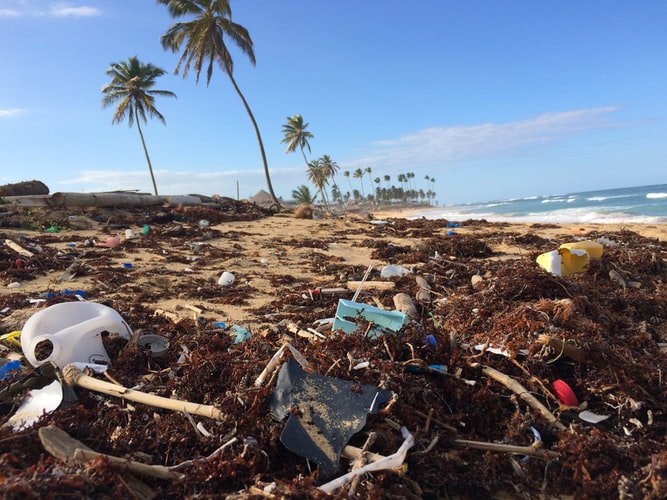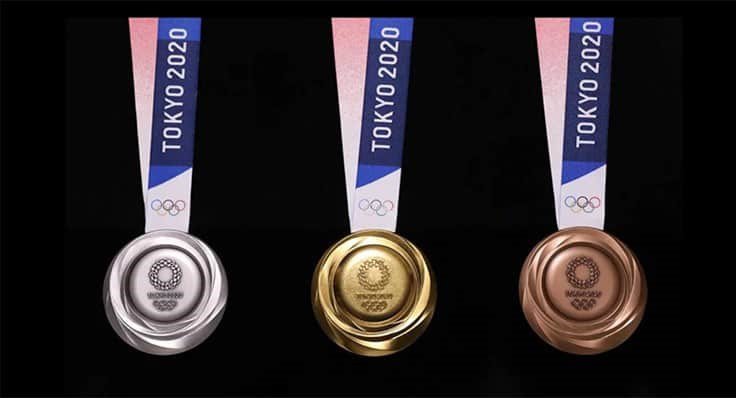The Tokyo Olympics 2020 has been a game of many firsts. And while most of us know that this is the first time Olympics are being held without spectators and the new games have been introduced for the first time, not many of us know that Olympic medals have been made from recycled e-waste.
As much as 78,985 tonnes of electronic waste was collected between April 2017 and March 2019 for the initiative called the ‘Tokyo 2020 Medal Project’.
The #Tokyo2020 Medal Project aims towards an innovative future for the world 🌏
— #Tokyo2020 (@Tokyo2020) June 30, 2021
♻️ From April 2017 to March 2019, small electronic devices including mobile phones were collected to produce the Olympic and Paralympic medals 🏅
#WednesdayWisdom pic.twitter.com/WKVeRb0OcS
All of this did not happen in a day or two. A drive was conducted to collect electronic waste such as phones from across the country over the period of 2 years. From students and athletes to private companies, everyone reached out to people across Japan to donate small electronic devices that were no longer in use.
A total of 6.21 million used phones were apparently collected, classified and dismantled as per the local recylcing laws.

What was the end result of the entire process?
32 kg of gold, 3,500 kg of silver, and 2,250 kg of bronze were recovered from the collected waste and used to make 5,000 medals for the Olympic and Paralympic Games.

And if you are wondering, this might have compromised the quality of the medals, you are wrong. The composition of the medals still remains the same.
Not just the metallic part, even the ribbons of the medals have been made in an eco-friendly manner using “chemically recycled polyester fibres that produce less carbon dioxide during their manufacturing process.”
As a mark of where we are in our evolution today & the next step forward, the #Olympics2020 #medals are made of #Recycled IT waste. Over two years, the Tokyo Medal Project quietly collected 78,985 tons of electronic devices, including 6.21 million cell phones, from across Japan👏🏽 pic.twitter.com/19zSpxzomH
— Randeep Hooda (@RandeepHooda) August 2, 2021
Great!!!
— श्रेया श्री (@shrii05) August 2, 2021
Japan always stands one step ahead than the rest of the world..#TokyoOlympics2020 https://t.co/IlOYgsUuwD
Kudos to Tokyo Organising Committee for organising such an electronics recycling program in partnership with the Japan Environmental Sanitation Centre.#circulareconomy #TokyoOlympics https://t.co/tCufnjp4Z9
— Beingcharismatic🌻 (@Beingcharismat2) August 2, 2021
This is something we should be aware of..!#TokyoOlympics2020 #ewaste_to_medals https://t.co/LVsZ52GlAX
— Shrihari Upadhyaya (@kandarpajanaka) August 2, 2021

















